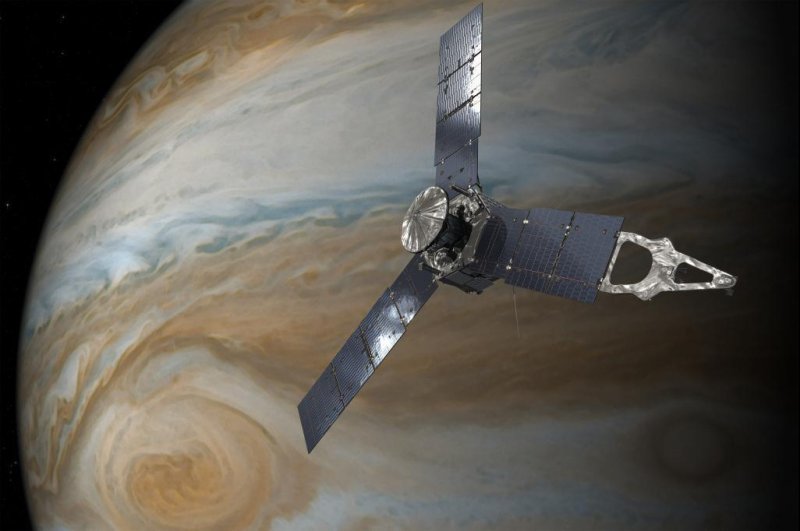July 12 (UPI) -- NASA scientists are fielding the latest rush of data and images from the Juno probe's latest Jupiter flyby. The flyby yielded closeups of the gas giant's famed Great Red Spot.
NASA has promised to share raw images from the flyby in the coming days.















